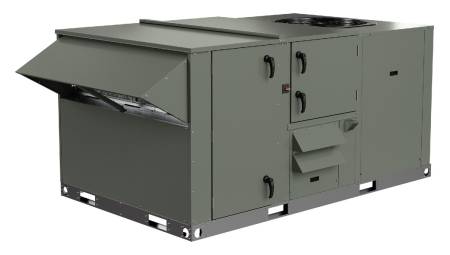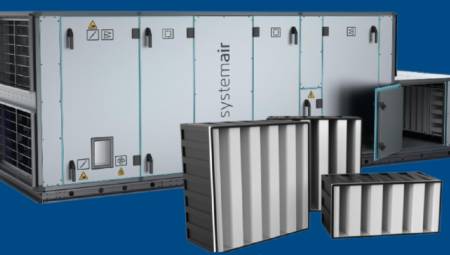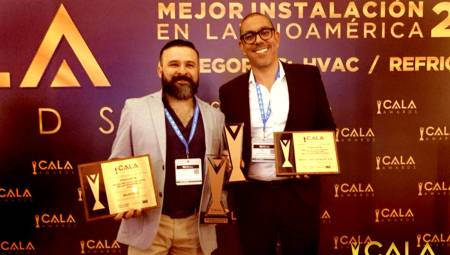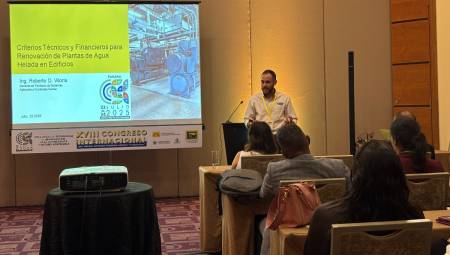 Due to the controversy that has been causing the increase in corn prices and even the indications of shortages of this food in some areas of the world due to the manufacture of ethanol, investors in the United States have chosen to allocate capital to other raw materials such as grasses, the leaves and stems of the same corn or municipal waste with which cellulosic ethanol can be produced. This has been announced by the Reuters Agency through its specialized service in the environment: Planet Ark.
Due to the controversy that has been causing the increase in corn prices and even the indications of shortages of this food in some areas of the world due to the manufacture of ethanol, investors in the United States have chosen to allocate capital to other raw materials such as grasses, the leaves and stems of the same corn or municipal waste with which cellulosic ethanol can be produced. This has been announced by the Reuters Agency through its specialized service in the environment: Planet Ark.
This is how venture capital firms in the United States turn their backs on ethanol made from corn to invest in ethanol produced from algae, forest and agricultural residues. Proof of this is the forecast of the company Range Fuels that expects to produce 378 million liters of cellulosic ethanol before 2010. Other data that contextualize the above warn that only two years ago 495 million dollars were invested in the production of ethanol from corn, while this year of the 6,000 million of venture capital invested in clean technologies, none have been destined for the production of ethanol from this food. Meanwhile, companies that use algae or cellulose for the manufacture of biofuels have received good amounts of money from venture capital.
All this change in the world of investments around biofuels has even led to investment in technological processes that guarantee the fastest and most reliable decomposition of cellulose through enzymes and other microorganisms, in order to produce sugars that ferment such as alcohol. Two companies benefiting in this regard are Amyris Biotechnologies in the field of research and Range Fuels in terms of production.
In Latin America the issue of biofuels is also on the lips of many, faith of this is the initiative of the state of Guanajuato, Mexico, which for a couple of months has been working on a project for the production of ethanol and biodisel, fuels of which the Central American country is in deficit by having to import 100 million liters of ethanol per year. ño. This initiative arises from an inter-institutional project of which the Institute of Forestry and Agricultural Research (Anifap) is the head.
The raw materials with which the biofuel is intended to be produced are sweet sorghum (fodder), beet, fig tree and jatrophea. Corn, as in the United States, is discarded because the country has a deficit in the production of grain, mainly yellow corn, for industrial and livestock use.
Víctor Pecina, Anifap researcher, has specified that initiatives such as the one described have been developed in other countries such as India, where productions of up to 7 thousand liters of ethanol per hectare are obtained from sugar cane. Unlike the production of biofuel from this raw material, sweet sorghum has a lower cost and consumes less water, in addition to being easily adaptable to the soils of the Mexican region.
Sweet sorghum reaches heights of 3 to 5 meters and although it is similar to sugar cane, it has a thinner stem and is less fibrous, it also has the advantage that once processed the bagasse can continue to be used as fodder for livestock, although with the passage of time it is intended to use the foliage 100% in the production.
Meanwhile in the last edition of the World Food Day held in Rome on October 16, the director of the Food and Agriculture Organization of the United Nations (FAO), Jacques Diouf, pointed out that for the development and increase in the demand for biofuels there will be an increase in wheat prices by 5%, 12% in corn and 15% in vegetable oils in the next 10 years.













